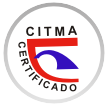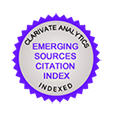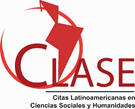Monetary poverty evaluation in Ecuador (2007 – 2023); immediate projection with ARIMA model approach
Abstract
The study of poverty is always a relevant topic in the world of academia, social research and public administration. Determining problems of causality and effects is useful for the development of tools and instruments of public action to alleviate it. In this way, the prediction of poverty is decisive when evaluating scenarios, considering the actions and expectations of social development of a country.
This work is developed based on data provided by the Ecuadorian Institute of Statistics and Censuses (INEC), allowing the study of the period from 2007 to 2023 on a quarterly basis. A descriptive assessment is carried out, analyzing the variability of monetary poverty, with the main events that have influenced it. In turn, based on the data, the ARIMA econometric model could be applied to carry out the poverty projection for the next 7 quarters (2024, 2025), executing all the tests to verify the level of reliability of the model and obtain results with acceptable levels of significance, which allow us to provide the behavior of poverty in Ecuador.
Keywords: Monetary Poverty; Thresholds; ARIMA Model; Income per capita; Prediction.
Published
How to Cite
Issue
Section
License
Copyright (c) 2024 Editorial "Universo Sur"

This work is licensed under a Creative Commons Attribution-NonCommercial-NoDerivatives 4.0 International License.
La editorial "Universo Sur", de la Universidad de Cienfuegos, publica el contenido de la Revista "Universidad y Sociedad" bajo una Licencia Creative Commons Atribución-NoComercial-SinDerivar 4.0 Internacional.
© Podrá reproducirse, de forma parcial o total, el contenido de esta publicación, siempre que se haga de forma literal y se mencione la fuente.










